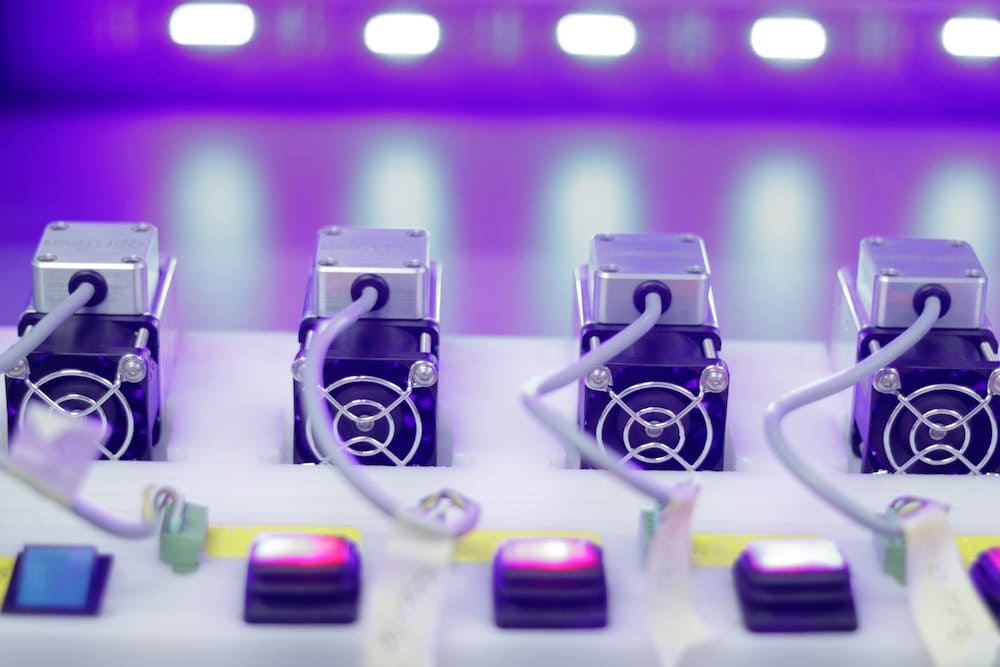Laser cutting has come a long way since it was first developed in the 1960s. Once a specialized tool used primarily by aeronautic engineers and scientists, laser cutters are now used in almost every field. If you’re considering purchasing a laser cutter in Richmond VA, here are some beginner laser cutting tips that can help you get started.
What is laser cutting?
A laser is a small, focused beam of light which concentrates a significant amount of energy onto a very small area. When this happens, the material in front of the laser will burn, melt, or vaporize, making a hole or cut. With the help of CNC design software, laser cutting machines can cut, mark or code very intricate parts into a wide variety of materials.
What are some benefits of laser cutting?
One of the best advantages of laser cutting is that it is no-contact. In other words, the laser beam never physically touches the material being cut. This means that there is no blade which can become contaminated by the material. Additionally, the material can’t be damaged, warped, or contaminated by a blade. This reduces waste and saves manufacturing facilities significant costs.
Another benefit of laser cutters is that they are capable of extreme precision. A laser can create very small, complex, or intricate shapes over and over, with each result equal to the next. This ability to ensure uniformity makes laser cutting the perfect solution for aerospace, automotive, and computer manufacturing.
Lastly, laser cutters are very versatile. Since one laser can be adjusted for different heat outputs, intensities, and durations, one machine can perform many different tasks for multiple applications. Laser cutting can be used in everything from heavy manufacturing, to delicate procedures like laser eye surgery.
Which laser cutter should I buy?
Choosing the best laser cutter for your needs will depend on a number of factors. Consider the volume of parts needed, type of material being cut, and design complexity. As a reference, a 40-W laser can cut through paper, cardboard, foam, and thin plastic. A 300-W laser, however, can cut through thin steel and thicker plastic. If you wish to cut through 2-mm or thicker steel sheets, you’ll need at least a 500-W laser.
Another important factor to consider is cost. Low-powered machines, in the 100-W range or lower, generally range from $100 all the way up to a few thousand dollars. However, these machines will hardly scratch a metal surface. In order to cut metal, a laser has to use at least 300-W. This will generally cost in the vicinity of $10,000. In addition, be aware that metal cutting machines usually require some kind of gas—usually oxygen—to power the cutting process, which will increase total costs.
The best way to determine which laser cutter is right for you in Maryland, Virginia, North Carolina, South Carolina, Georgia, and Alabama, is to talk to a laser cutting specialist at SSI Packaging. Our laser specialists can evaluate the best and most affordable laser solution for your application, whether it’s cutting, marking, or coding. To place an order, check out our online store here, or just give us a call!

